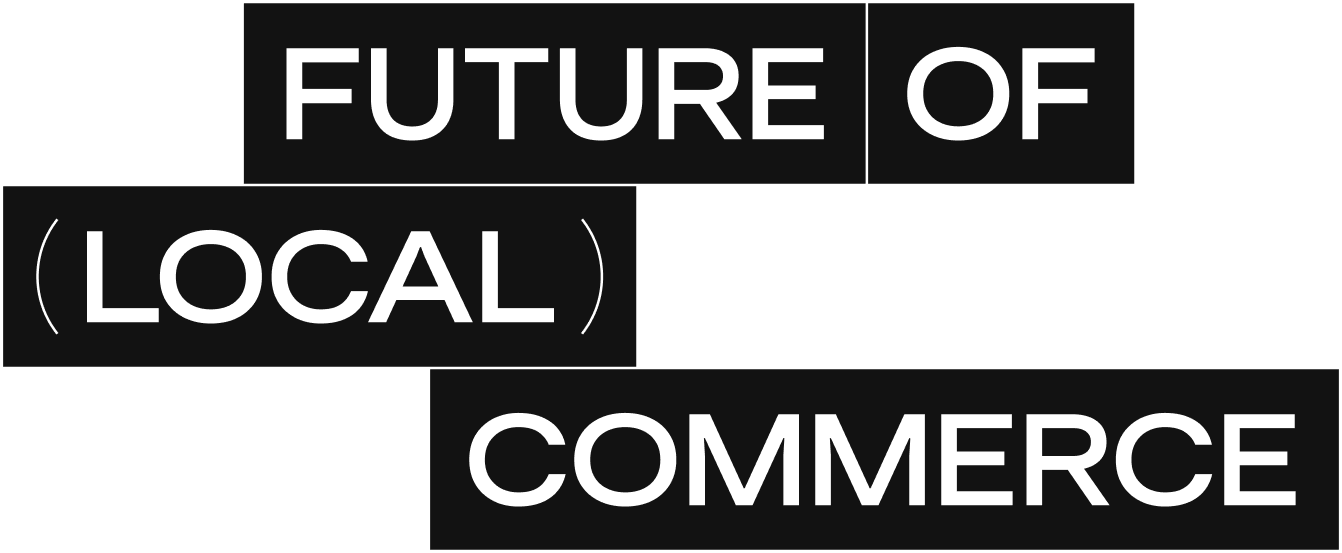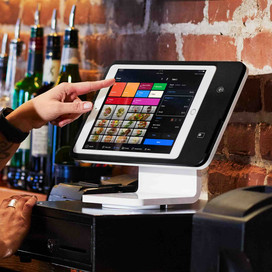Table of contents
Restaurant owners entered 2025 feeling optimistic, according to data from the 2025 Square Future of Restaurants report. With costs rising and time more valuable than ever, restaurants are exploring new strategies to optimize operations, improve guest experiences, and drive revenue. To understand restaurant leaders’ current goals and challenges, as well as what customers want from dining experiences this year, Square collaborated with Bredin to survey 2,000 restaurant owners and managers and 4,000 customers across the United States, the United Kingdom, Canada, and Australia. After analyzing survey results, insights from the Square restaurants team, and interviews with restaurateurs across the globe, here are the most compelling trends shaping the food and beverage industry.
Time constraints are pushing restaurants to invest in technology
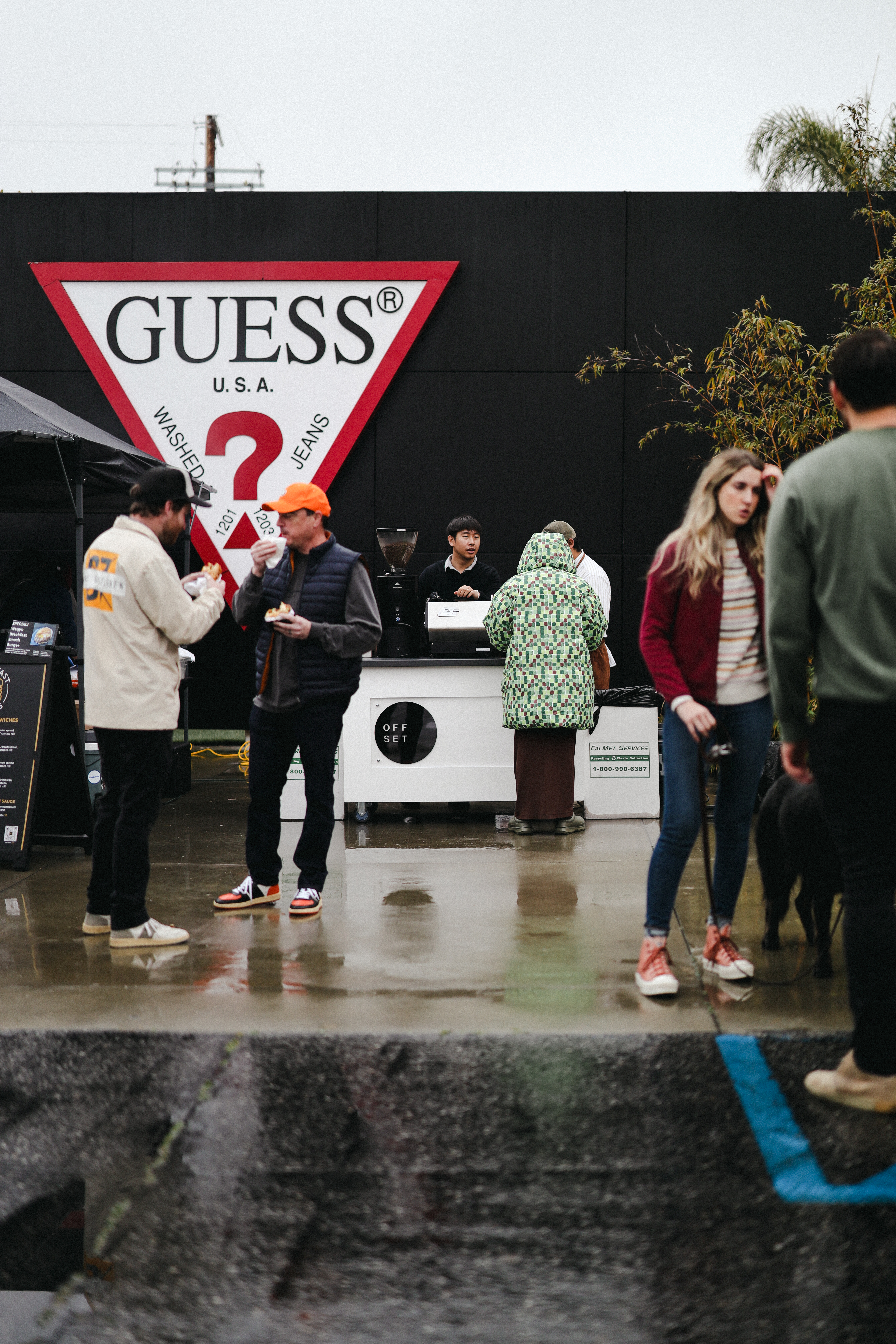
Staffing challenges have eased up for operators. The majority of restaurant owners (60%) said hiring has become easier this year, compared to last year. But that has not made running a restaurant any less demanding. Instead, three in four owners said they are spending more time on business operations than they did a year ago. Business strategy, management, and marketing/social media are the top three areas eating up the most time for owners.
To make things easier, owners are turning to technology and using tools like AI-powered scheduling, all-in-one management systems, and self-service kiosks to streamline operations and reduce administrative headaches. For example, Vernon Lindholm, co-founder of Offset Coffee, uses payroll management software to streamline payroll and ensure timely staff payments.
With Square Payroll, the team has the Square Team App, where they can make timecard adjustments if they forgot to clock in or clock out. All payroll is run seamlessly through that. And on the back end, we don’t have any issues with our team getting paid.”
Vernon Lindholm → Co-founder of Offset Coffee
For restaurant owners looking to optimize efficiency, investing in technology that automates repetitive tasks, such as inventory management and order tracking, can free up valuable time. Choosing scalable solutions that can be tailored to your specific needs can help you focus on growth and long-term success.
Restaurants will need to pull new levers to meet customer expectations
In response to economic challenges, nearly all restaurant leaders surveyed (98%) adopted or expanded their discount offers last year to attract customers and to keep their businesses afloat. One-third of restaurant managers introduced various programs for customers, including loyalty program discounts. While these initiatives have generally improved diner experiences, they have also raised customer expectations. Half of consumers expect restaurants to maintain or add to their current value offerings in 2025.
This presents a challenge for restaurant owners, as 73% planned to increase prices in the next 12 months to offset rising costs. Restaurants must find ways to stay profitable while offering customers a good deal. Instead of raising prices across the board, savvy owners might consider adjusting pricing on best-selling items, as demand for these is less price-sensitive. However, relying on guesswork is no longer enough. Restaurants need robust analytics tools to gain clear insights into what’s working and what needs improvement.
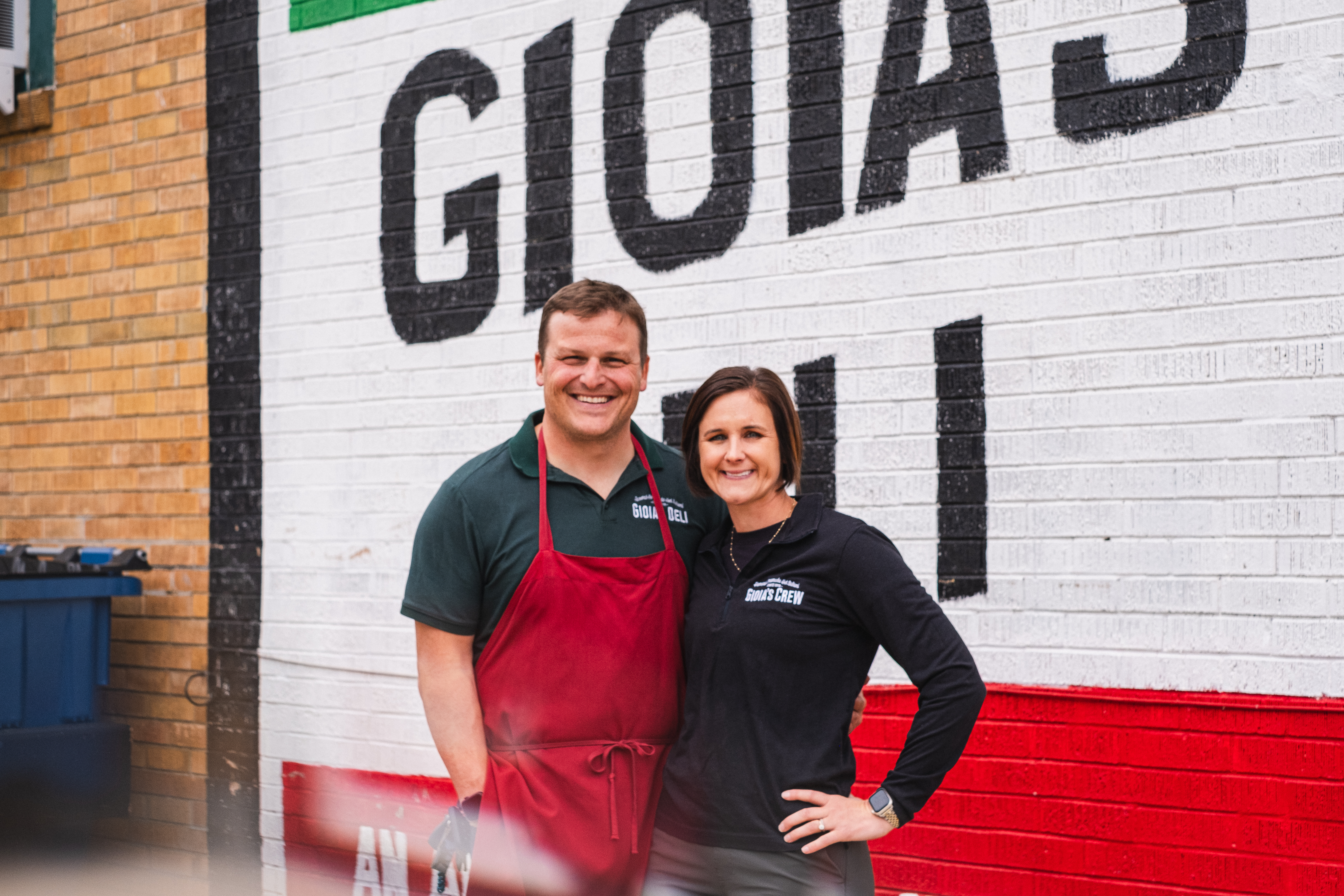
Adopting a data-driven approach has worked well for Alex Donley, co-owner of Gioia’s Deli, a century-old business that has boosted its catering business by 500% with Square restaurant technology. “Instead of having a meeting about our gross sales, we’re getting more granular with these reports,” Donley said. “We know that last February we sold this amount of hot salami, and this February we sold this amount. What’s the difference? What did we do wrong? Or what did we do right? It makes us a more efficient business, which ultimately makes the customer experience better.”
Automation in restaurants is necessary — but also divisive, if you ask customers
Restaurant owners are in on technology adoption and automation. Eight-five percent (85%) of restaurant owners said they plan to invest in technology to improve business. More than 75% believed that AI and automation will improve key areas, such as inventory management, payments, and marketing. Owners who have incorporated these technologies have already seen some benefits, especially with back-of-house operations, and they are open to exploring more. About one-third of restaurant leaders agreed that automation technologies like self-service kiosks and kitchen display systems (KDS) increase productivity and reduce ordering time.
While business owners are largely optimistic about automation, consumer opinions are more divided. In fact, more than a quarter of diners didn’t want restaurants to use any form of automation at all. Others (74%) were only open to restaurants adopting automation in essential areas where they are short on staff. This is seen as understandable, as nothing can replace the human contact between diners and front-of-house staff.
Savvy owners will have to find ways to automate without losing the human touch. For example, adopting a robust kitchen display system can speed up order processing while freeing up staff to engage with customers, a win-win in terms of efficiency and customer experience.
Loyalty programs are key to boosting the most important business numbers
Loyalty programs are no longer just a nice-to-have in 2025. Data from our survey show they are essential for growth. Eighty-three percent of restaurant leaders with loyalty programs said they drive larger orders and repeat visits and have provided a return on investment. Restaurants like TokyoTaco have used Square-powered loyalty programs to drive organic growth and to build a strong customer base. It’s no surprise that 71% of restaurants planned to increase their investments in loyalty or rewards programs in 2025.
To ensure success, however, it’s important to create a rewards system that customers actually want. Consumers said exclusive discounts, the ability to earn rewards, and personalization are top on their lists. TokyoTaco co-founder Jordan Hajek believes that delivering an experience the community craves is crucial for creating a successful loyalty program. “You really need to concentrate on building that local customer base and honing down and understanding who they are, what they want, where they come [from], how we get to meet […] and build connections with them,” advised Hajek.
Digging into your restaurant’s data can help you uncover offers that will resonate most with your customers. With tools like Square Analytics and Customer Directory, you can spot sales patterns and make personalized offers based on past purchases. Whether you settle for points-based rewards, exclusive deals, or members-only perks, a well-designed program can significantly boost revenue and keep customers coming back.
Multiple revenue streams are key to restaurant growth
In 2025, like in previous years, restaurants plan to diversify into other retail products and services beyond their core offerings. The majority (76%) of restaurant leaders believed that expanding their retail or service offerings could unlock new revenue streams. Customers are on board with these expansions. About 51% purchased at least one of these new offerings last year, while 64% were interested in buying items not listed on the menu.
Given the green light from consumers, restaurants are finding creative ways to extend their brand beyond the dining room. Owners are experimenting with a variety of products and offers, from take-home sauces to branded apparel. Restaurants like Fricken Fried Chicken have successfully launched take-home sauce packs and themed event nights to strengthen customer relationships.
For restaurant owners looking to diversify, small tests can lead to big wins. Packaging best-selling sauces or offering limited-edition merchandise can provide a new revenue stream without major risk. To manage these experiments without impacting main business activities, you’ll need flexible tools that can support new channels. With Square, for example, you can easily set up an online store for retail sales, manage event bookings, or switch between different restaurant concepts. More importantly, you get insight into all these areas of your business in one location — the Square Dashboard — so you have the data and insights you need to make critical business decisions at your fingertips.
Customers want more convenient ordering and payment options
Social distancing during the COVID-19 pandemic fast-tracked the adoption of ordering technology, which has persisted to today. Surveyed restaurant leaders noted that online checkout and in-app pay drive the most orders, although customers consider traditional ordering and payment experiences, such as with a server or at a register, the most convenient. This disparity in restaurant and customer preferences is also seen in QR codes. While about four in ten customers found them inconvenient, the majority of restaurant leaders said they were convenient for their businesses.
Overall, consumers want more ease and simplicity, with 59% saying they may never return to restaurants that offer complicated ordering and payment experiences. This may be the reason behind the growing popularity of self-service kiosks. While only 15% of surveyed customers last year said self-service kiosks were their preferred payment method, 64% of those surveyed this year acknowledged their convenience.
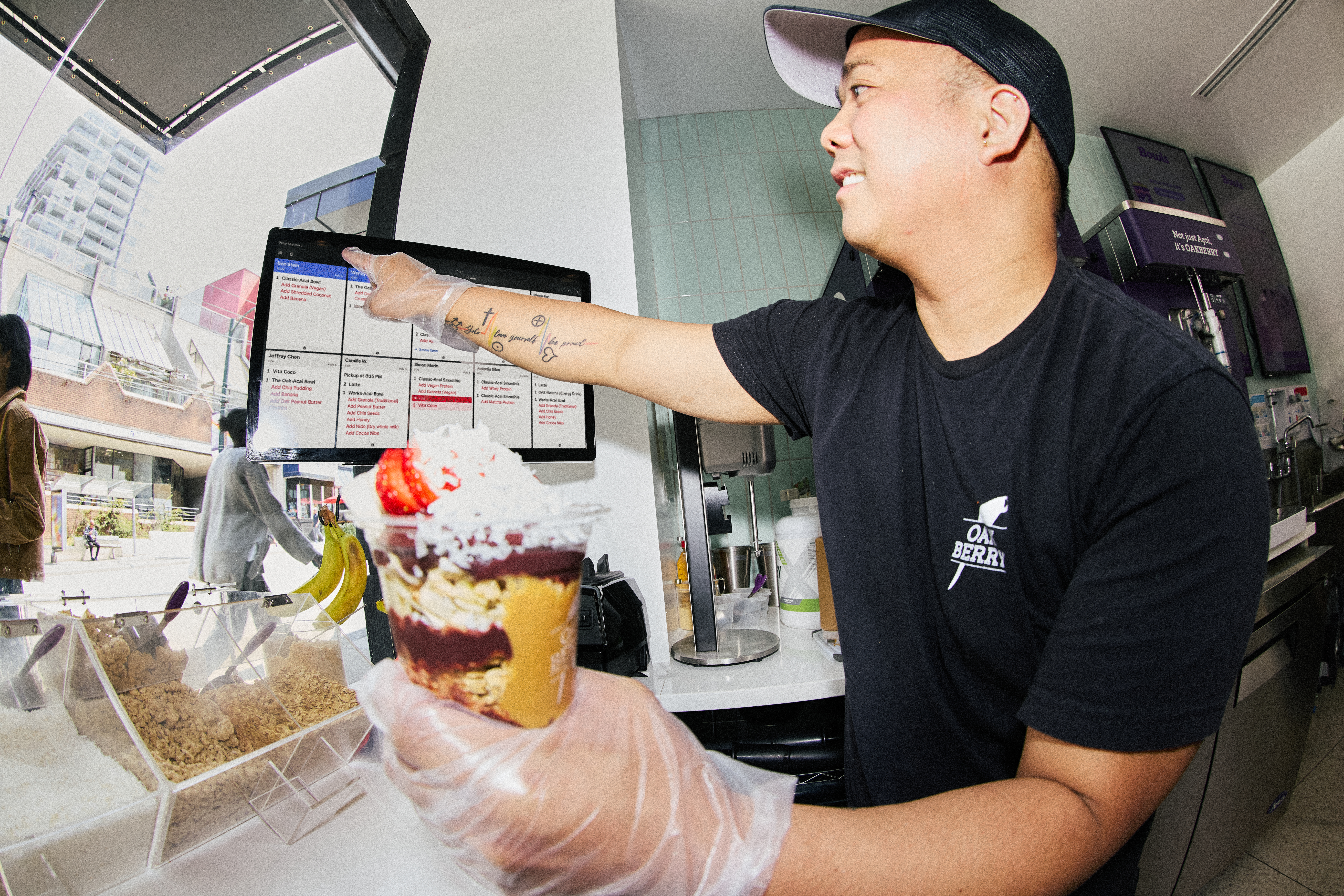
At Oakberry Açaí, self-service kiosks have helped streamline the ordering process while increasing average check sizes. “Ordering through Square Kiosk means customers can build their açaí bowl exactly to their own tastes,” said General Manager Maverick Bides. The restaurant has reduced wait times and increased sales as a result. “We’ve also seen shorter lines, less waste, and an increase in the average order, because it’s so fast and easy for customers to add on extra items, like a coconut water or an Oakbar.”
Customers and restaurants don’t really agree on fees
Like businesses, customers are responding to inflation and other economic pressures by cutting unnecessary costs. About 63% of diners said they’ve cut spending on restaurant purchases in the past 12 months. Customers understand that prices will go up, but they are reluctant to pay charges they consider unacceptable. More than half of the surveyed diners didn’t want to pay credit or debit card usage fees, kitchen appreciation fees or living wage surcharges, and minimum tip settings . Interestingly, over a third of restaurants surveyed charge these fees, which they said are necessary to offset rising costs, and sometimes even for regulatory reasons.
This highlights the need for better communication about pricing strategies between restaurants and customers. Transparency is key. Clearly communicating why fees exist, whether on menus, websites, or receipts, can improve customer perception and reduce pushback. As competition for diners’ dollars grows, maintaining trust will be critical.
Building a thriving restaurant business in 2025 and beyond
This year restaurants across regions and business types want to drive sales, save time, and respond better to evolving customer preferences. Many restaurant leaders plan to diversify their retail and service offerings to generate multiple revenues. With the right approach and technology, restaurants can boost their competitive advantages. For operators looking to stay ahead, 2025 is the year to embrace change, invest in smarter solutions, and craft experiences that keep customers coming back for more.
Want to dive deeper into the data? Download the 2025 Square Future of Restaurants report to explore more insights.
![]()



